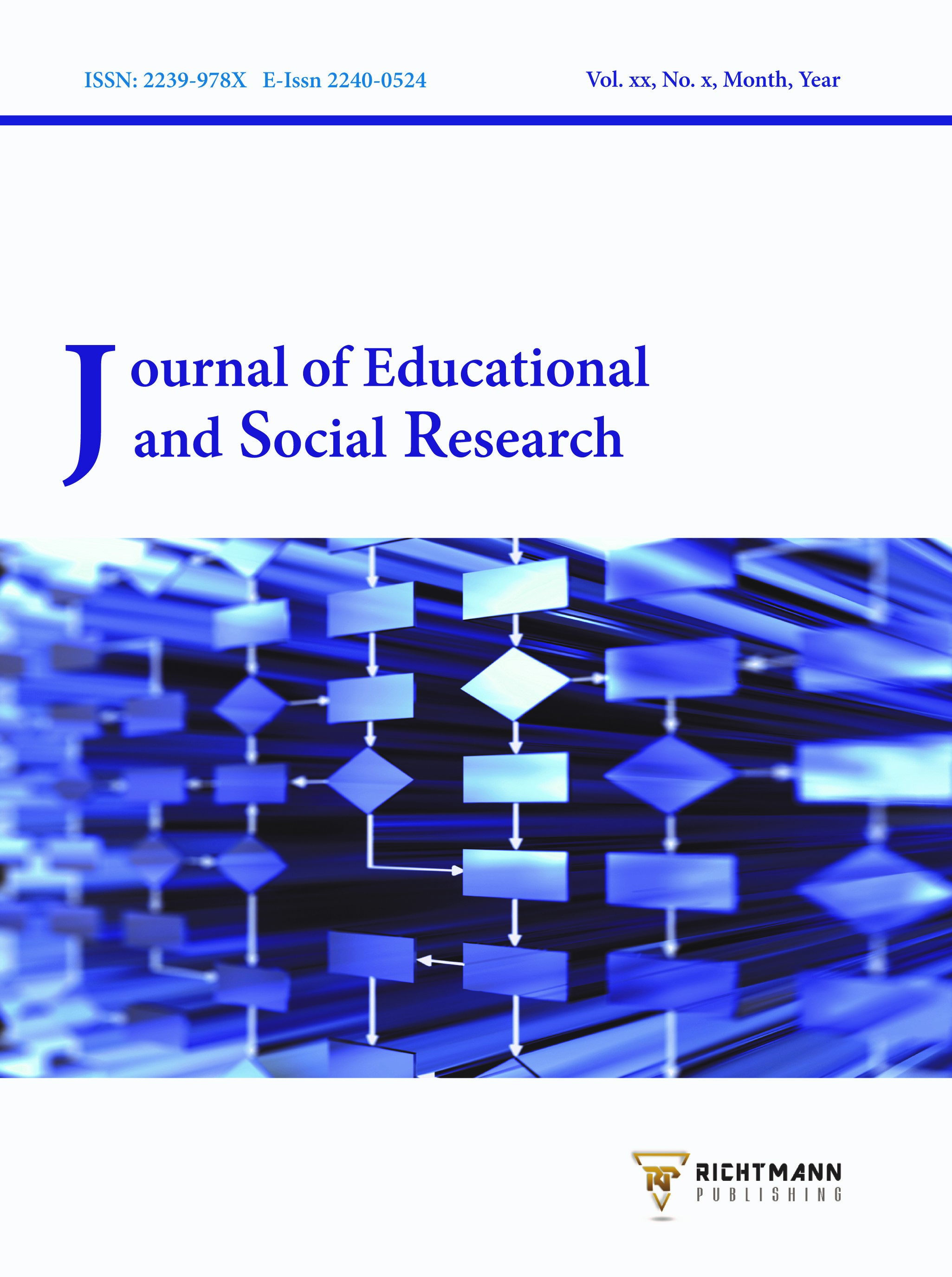The Advantages and Disadvantages of Using Artificial Intelligence in Education
DOI:
https://doi.org/10.36941/jesr-2023-0094Keywords:
artificial intelligence, education, students of Al Ain University, model, Microsoft teamsAbstract
This study aimed to identify the advantages and disadvantages of using artificial intelligence in education from the perspective of the students of Al Ain University. The researcher used the descriptive approach due to its compatibility to the study objectives. The study sample consisted of (184) students from Al Ain University in Al Ain City, who were selected using the random stratified sampling method. The questionnaire was developed and distributed by using Google Drive software. The results showed that most students think that artificial intelligence can improve learning personal experiences, process a considerable amount of data and improve task management. However, there have been different opinions about the ability of artificial intelligence to control students' behavior and direct learning, improve the efficiency of educational system, provide notes and reviews, reduce dependency on teachers, and enhance social interaction. Furthermore, several students expressed their concerns about the possible missing of traditional educational jobs, the costs of implementing artificial intelligence systems, the errors of programming and error-processing, and missing the human relationships in the classroom.
Received: 10 May 2023 / Accepted: 22 June 2023 / Published: 5 July 2023
Downloads
Downloads
Published
Issue
Section
License

This work is licensed under a Creative Commons Attribution-NonCommercial 4.0 International License.
This work is licensed under a Creative Commons Attribution-NonCommercial 4.0 International License.









